Border Collies
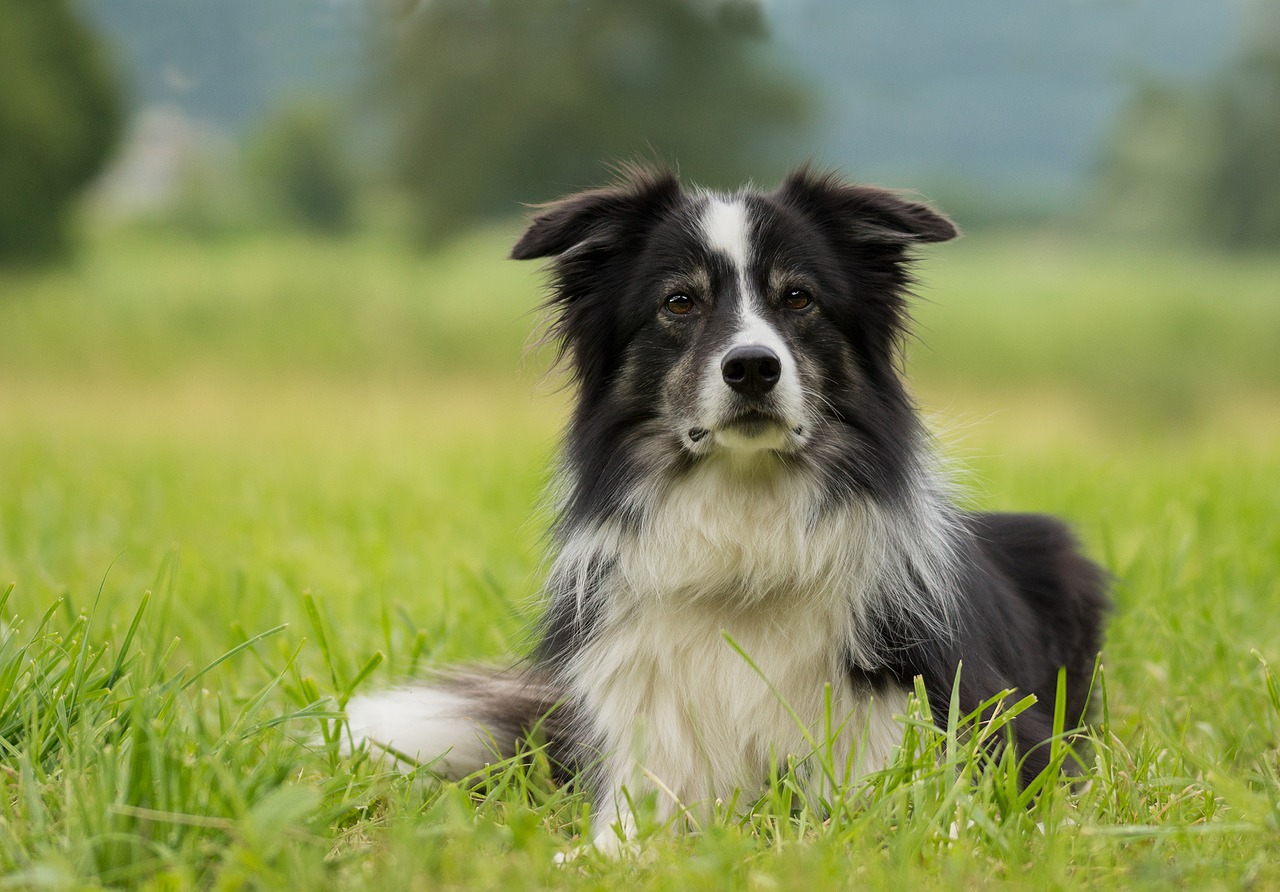
- Breed Group:
- Height: 18'' - 21''
- Weight: 30 - 45lbs.
- Lifespan: 10 - 14 years
- Exercise:
- Friendlines:
- Noise:
- Gromming:
- Training:
Border Collie
Average Size of Female: Height: 18 – 21 inches, Weight: 30 – 45 pounds
Occasionally seen: Cerebellar abiotrophy, ceroid lipofuscinosis, deafness
Major concerns: CHD
Minor concerns: PRA, lens luxation, CEA, PDA, OCD, PPM
Suggested tests: Hip, eye
Average Size of Male: Height: 20 – 23 inches, Weight: 30 – 45 pounds
Life span: 10 – 14 years
Brief History on Border Collie Origin
There was a large variety of sheepdogs in Great Britain around the 1800s, each of which had their own unique herding styles. The first documented sheepdog trial was held in 1873. It is said that a dog named Hemp, performed exceedingly well in this contest. It is believed that he is the founding father of the Border Collie breed. Allegedly, Hemp was able to herd the sheep in a more refined manner by calmly staring at them instead of nipping at their heels and growling. It is said that Queen Victoria was beguiled the breed after she first saw a Border Collie while on a trip to Balmoral. The origin of the name of the breed is likely a reference to the place of it’s origin: the region between the Scottish and English border. The Border Collie was later introduced to the United States where it enjoyed popularity with shepherds, and eventually it became known for its outstanding performance in obedience trials. However, the Border Collie was not recognized by the AKC until 1995. This breed is particularly good at being trained for assisting the blind.
Border Collie Breed Appearance
This breed of dog is active and alert, and is built to work. The front legs are of sufficiently long for the type of work this breed does. The front feet are compact and somewhat oval with tough pads, strong nails, and moderately-arched toes. The hindquarters are toned and broad with strong, elongated thighs. The back feet are slightly smaller than the front paws. The oval-shaped eyes of the border collie convey an alert, eager expression that is also very intelligent and endearing. The eyes are usually some variation of the color brown. The ears are often carried erect or semi-erect, are medium in size. The strong muzzle tapers slightly to the nose, and the nose is generally the same as the base color of the dog. The teeth meet in a strong scissor bite. Proportional, the neck of this breed is slightly arched and it blends nicely into the shoulders. The moderately long tail is set low, and it is usually carried low when the dog is on task. When the dog is excited, the tail may be confidently raised and waved around. The gait of this breed can best be described as agile and enduring. This breed of dog is able to suddenly change direction and still maintain focus, balance and grace. The coat of the border collie comes in two varieties: rough and smooth. Each coat type features very dense, weather protective double coats. The double coat includes a straight or wavy top coat and a short, dense undercoat that is considerably softer. The rough coat may have feathering on the front legs, the thighs, the chest, and the belly. While the hair on the face, ears, and feet is shorter and much more smooth in appearance. The border collie comes in a wide variety of color combinations including solid color, bi-color, tri-color, merle, and sable.
Border Collie Breed Temperament
Chock-full of both mental and physical energy, the Border Collie is happiest when it has a job to do. It is also considered to be one of the most obedient and intelligent breeds of them all. Although, if not given proper challenges and day to day tasks, it can become a poorly behaved indoor dog. But given sufficient exercise, activity and mental stimulation or challenges, the Border Collie can be a very enjoyable companion to have around. This breed normally gets along relatively well with other dogs and older children, but it can sometimes be domineering with dogs of the same gender. While many Border Collies can get along with felines in the household, the breed should be closely monitored with other smaller, non-canine pets. To prevent any aggressive behavior toward non-canine pets, this dog should be socialized often as a puppy. It is often distant & withdrawn around strangers. Because of its tendency to stare, this breed may make other animals feel nervous. The border collie loves to be praised and responds well to positive, reassuring training methods. If left alone for long periods of time, this breed may become destructive in your home and suffer from behavioral problems and/or develop anxiety. It is also known for its talent for escaping so make sure you’ve got a secure yard.
Border Collie Breed Maintenance
Regular combing and brushing is necessary to keep the coat of the border collie in the best condition. This breed is considered to be an average shedder. Extra time and care is essential during shedding of the soft yet dense undercoat. This breed should be bathed only when necessary to avoid stripping the skin of important natural oils. Checking the coat and ears for ticks or grass seeds on a regular basis is recommended. Daily physical activity and mental stimulation is essential for this dog to thrive and live a happy, enjoyable life. Without enough stimulation, the border collie may develop behavioral problems and become aggressive towards people. This breed enjoys participating in agility, obedience, and sheepdog trials. Apartment living is not suited for this breed, and does not do well being chained up in the yard all day. An active, interactive and involved owner is ideal for this type of dog.
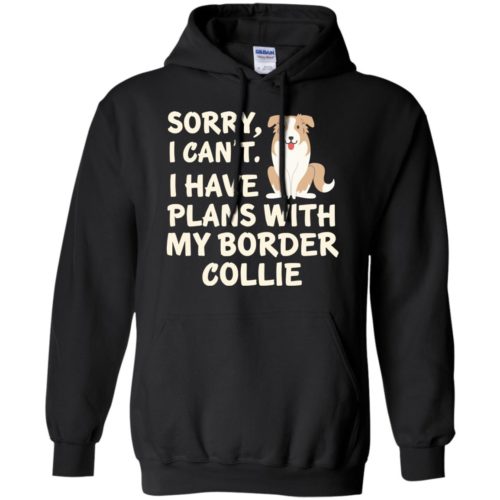
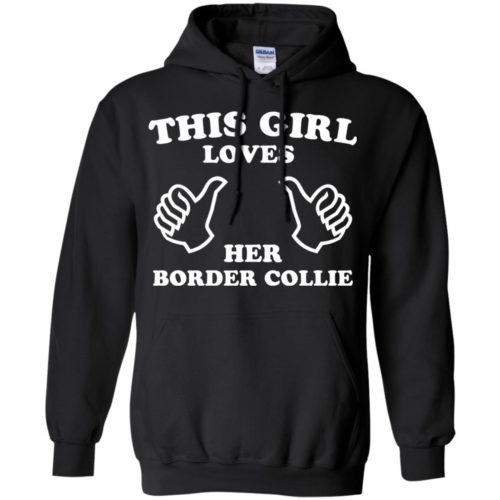
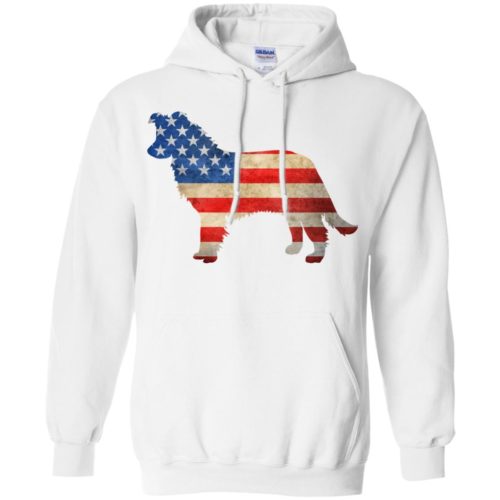
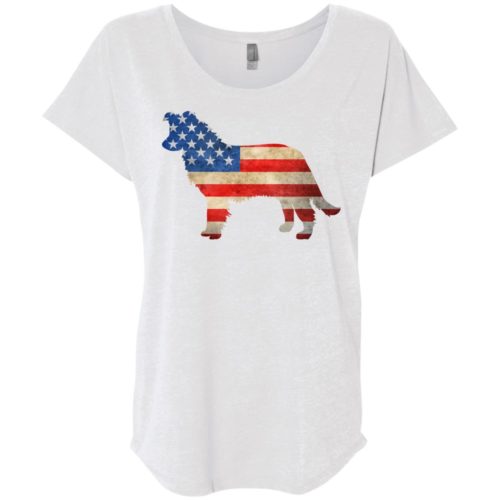
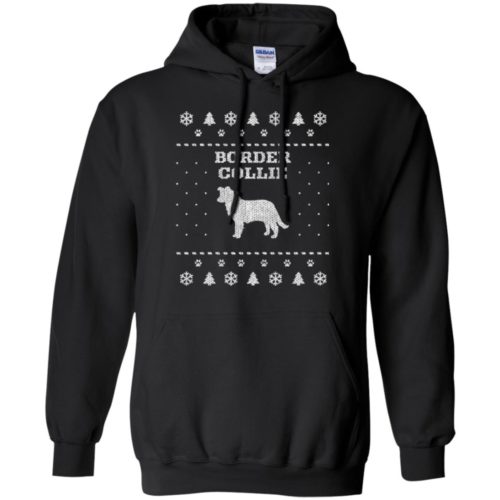

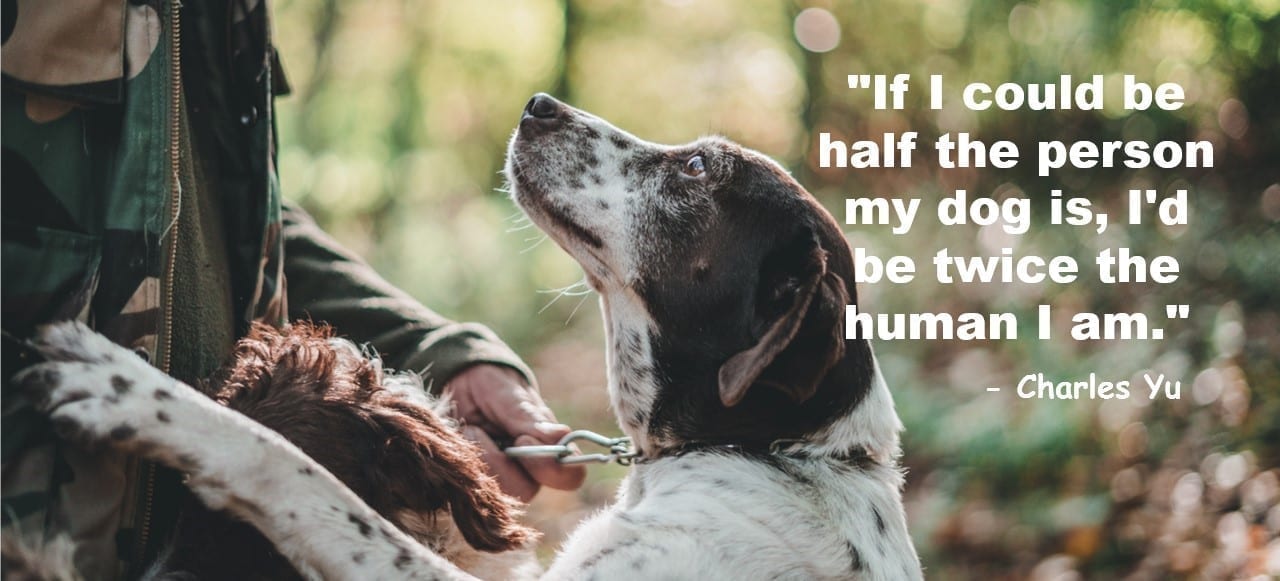
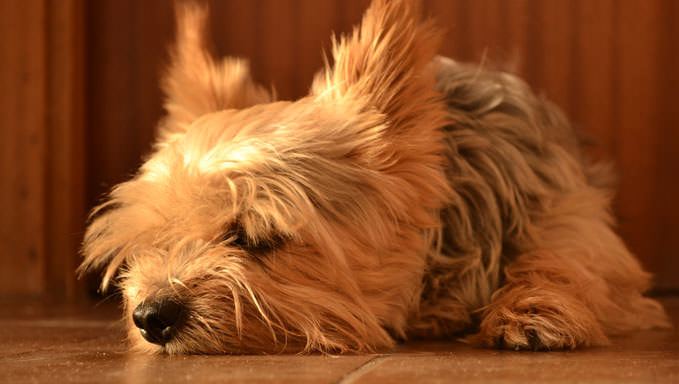


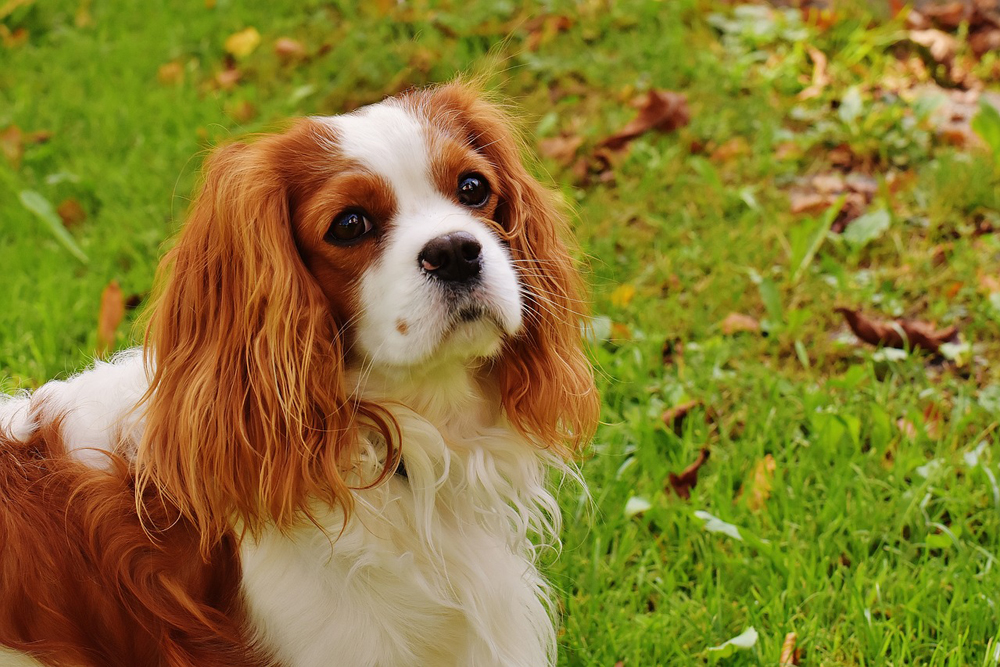


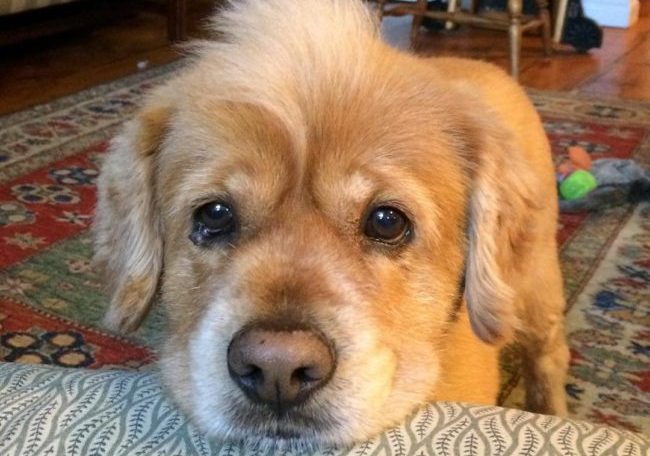
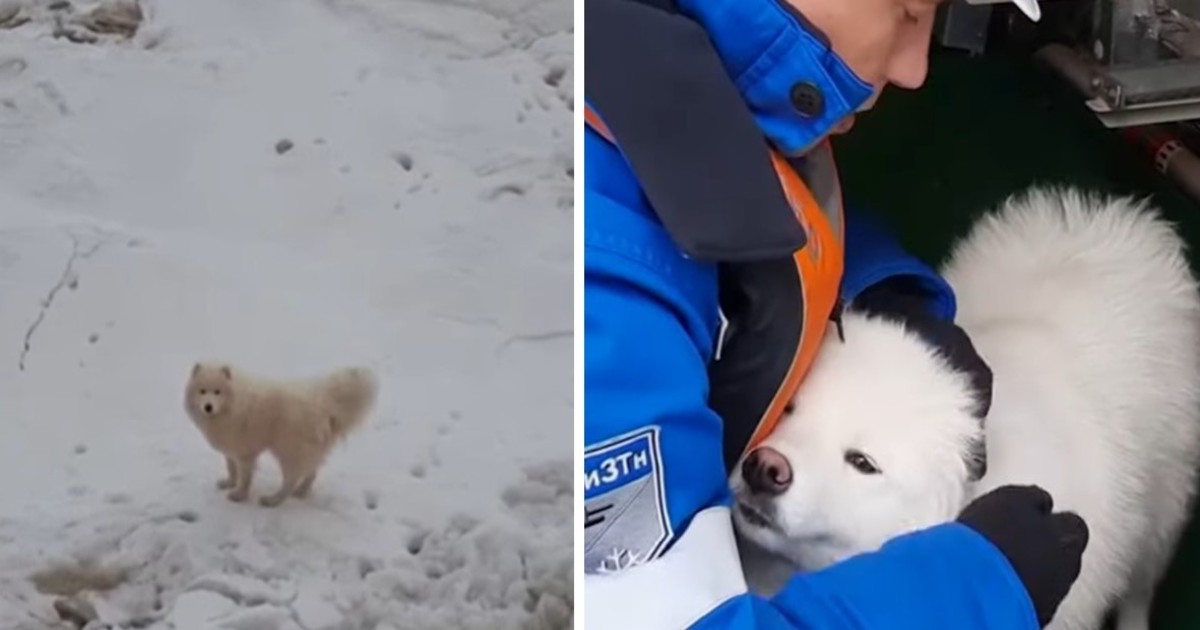





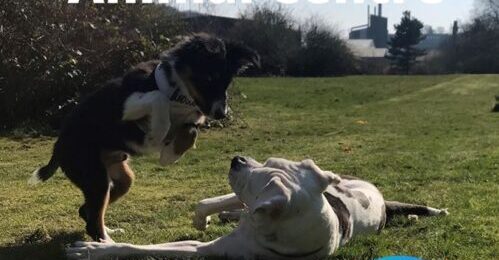
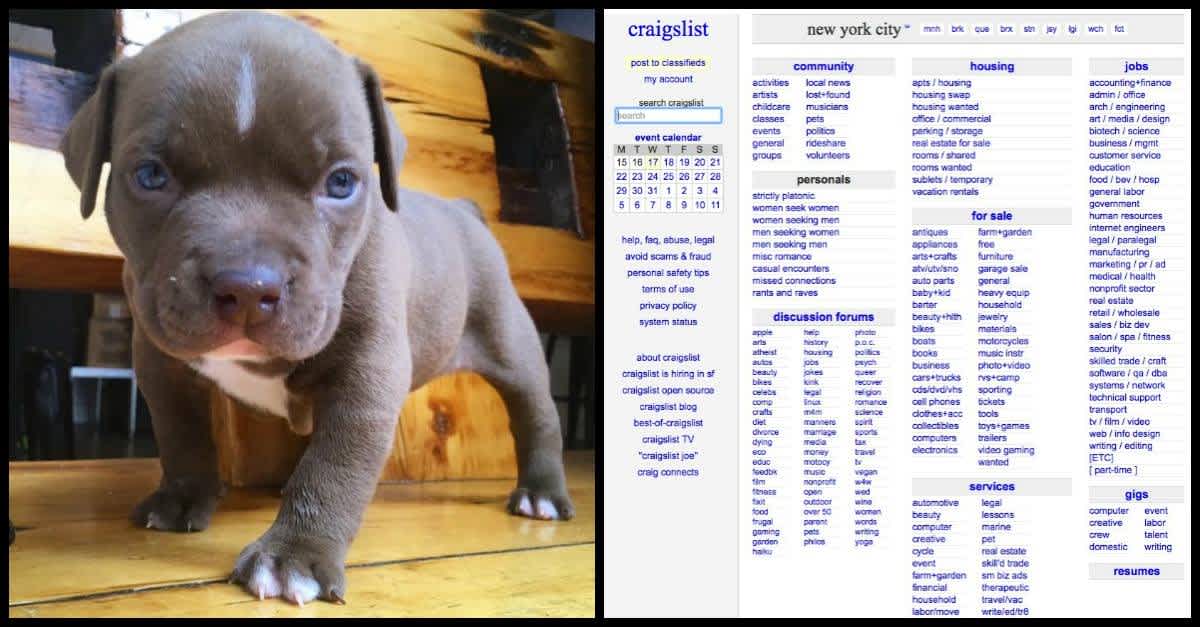
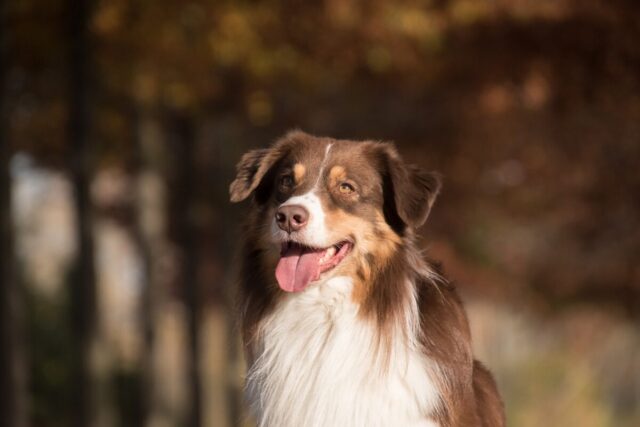
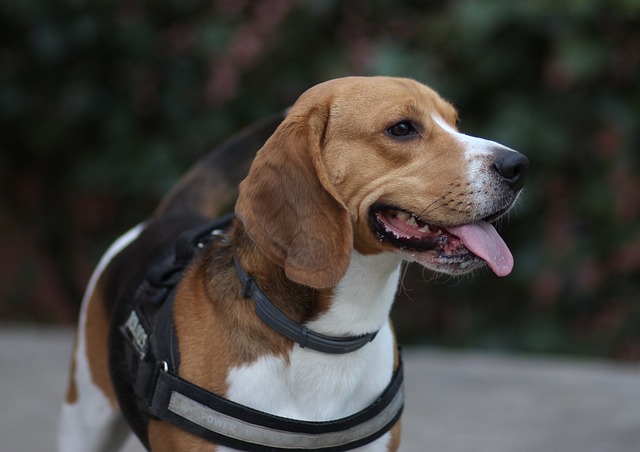
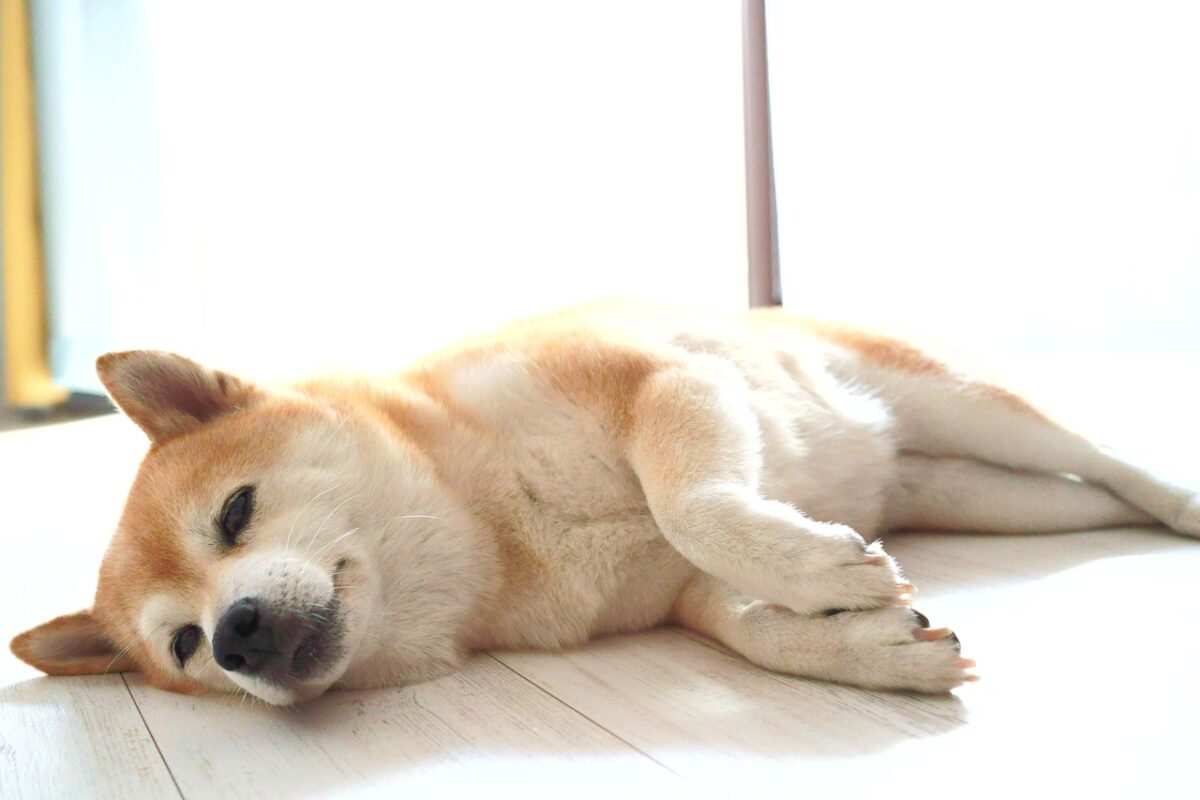
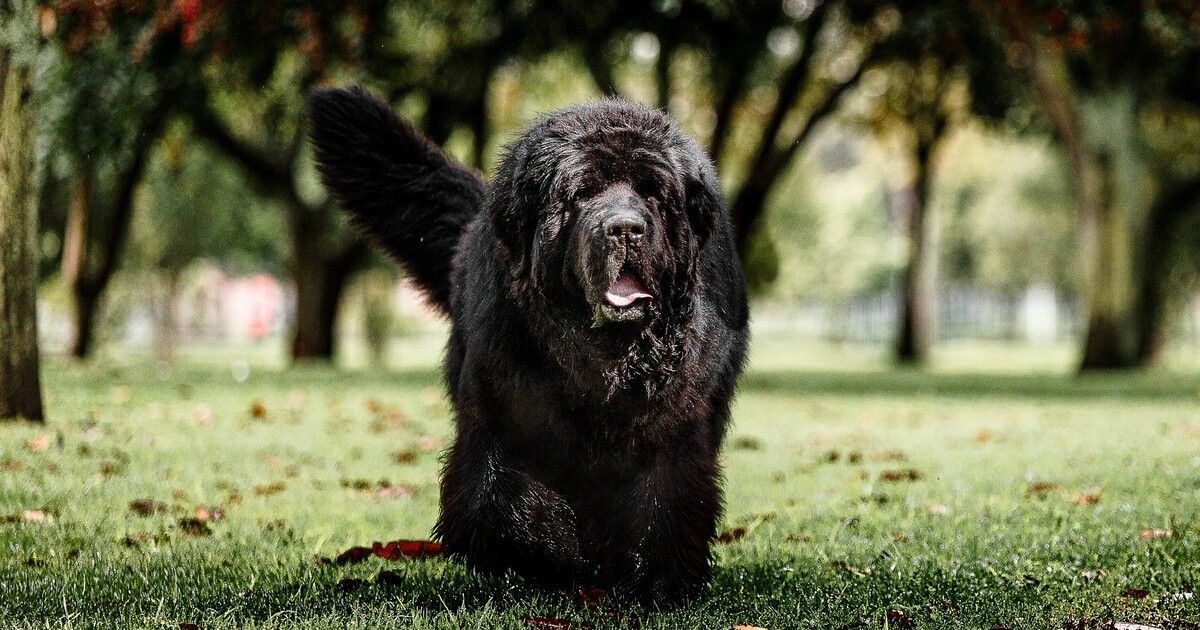
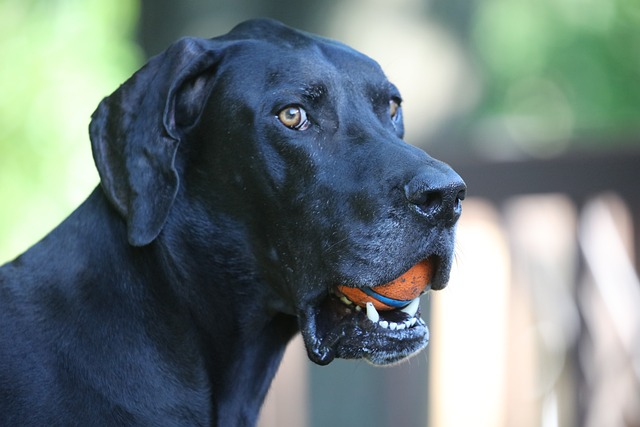

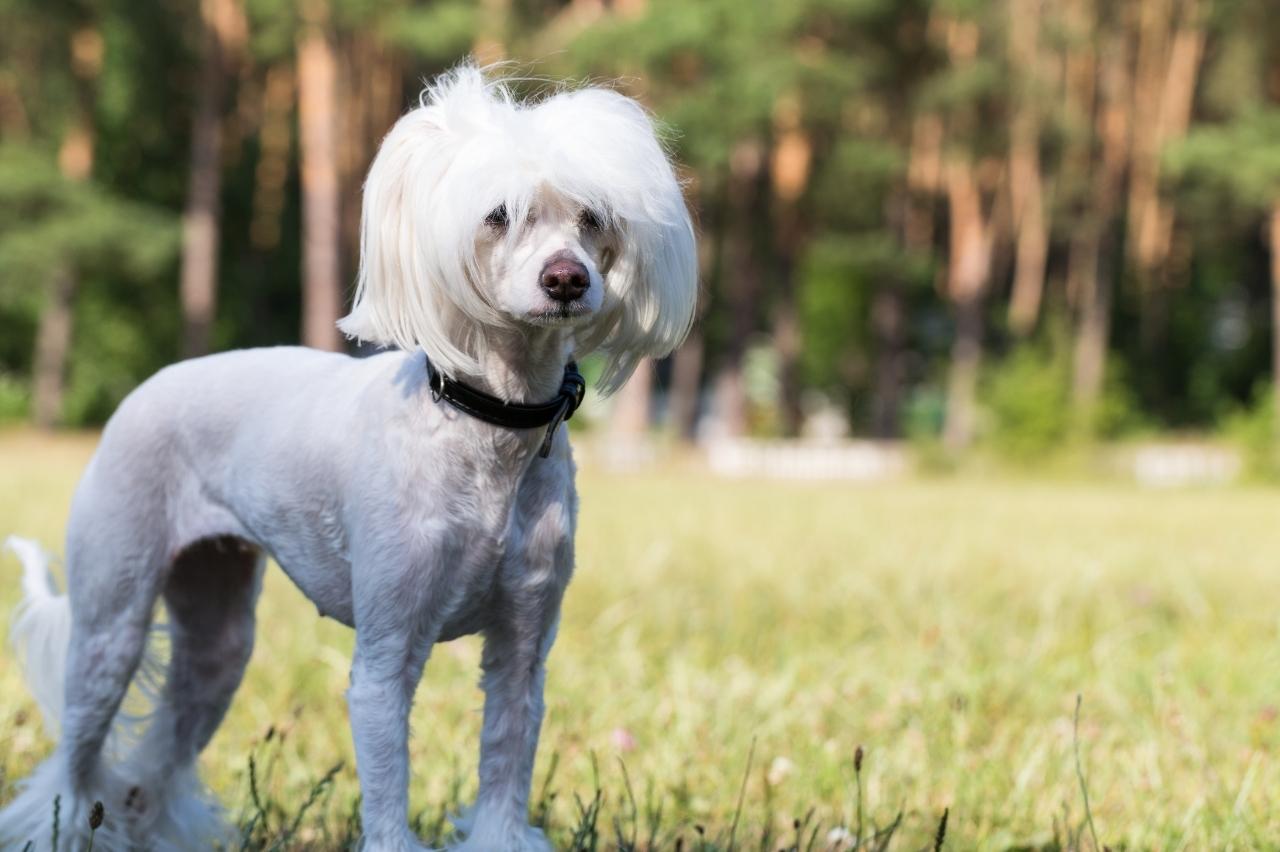
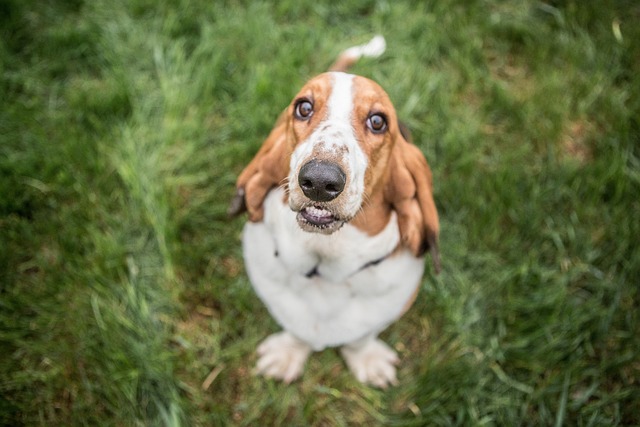
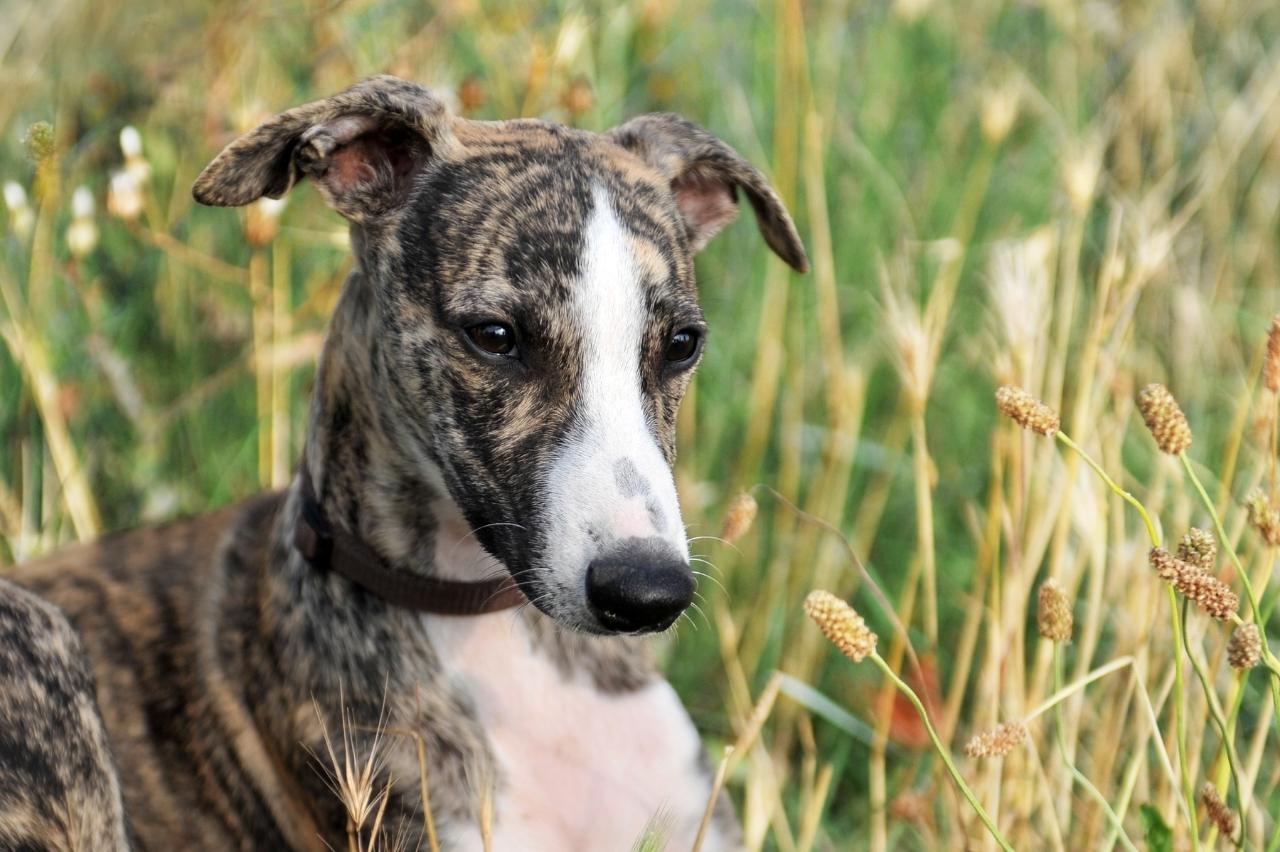
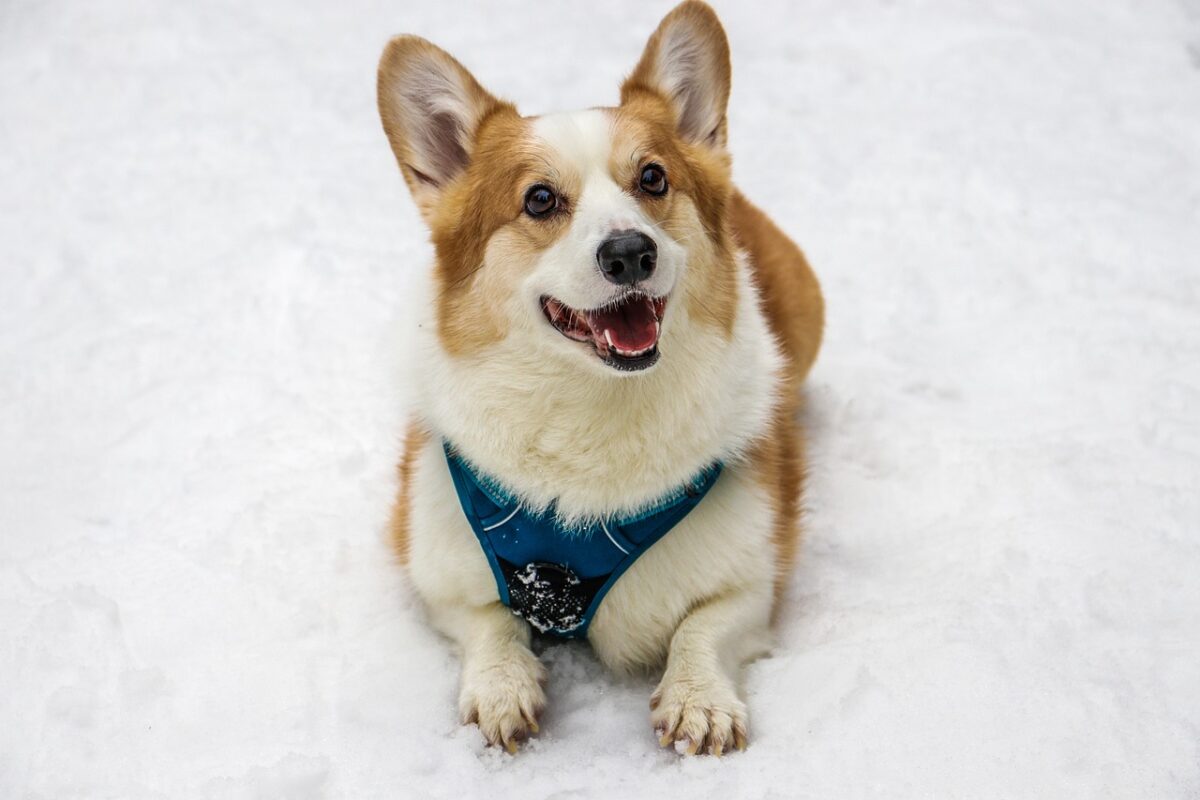
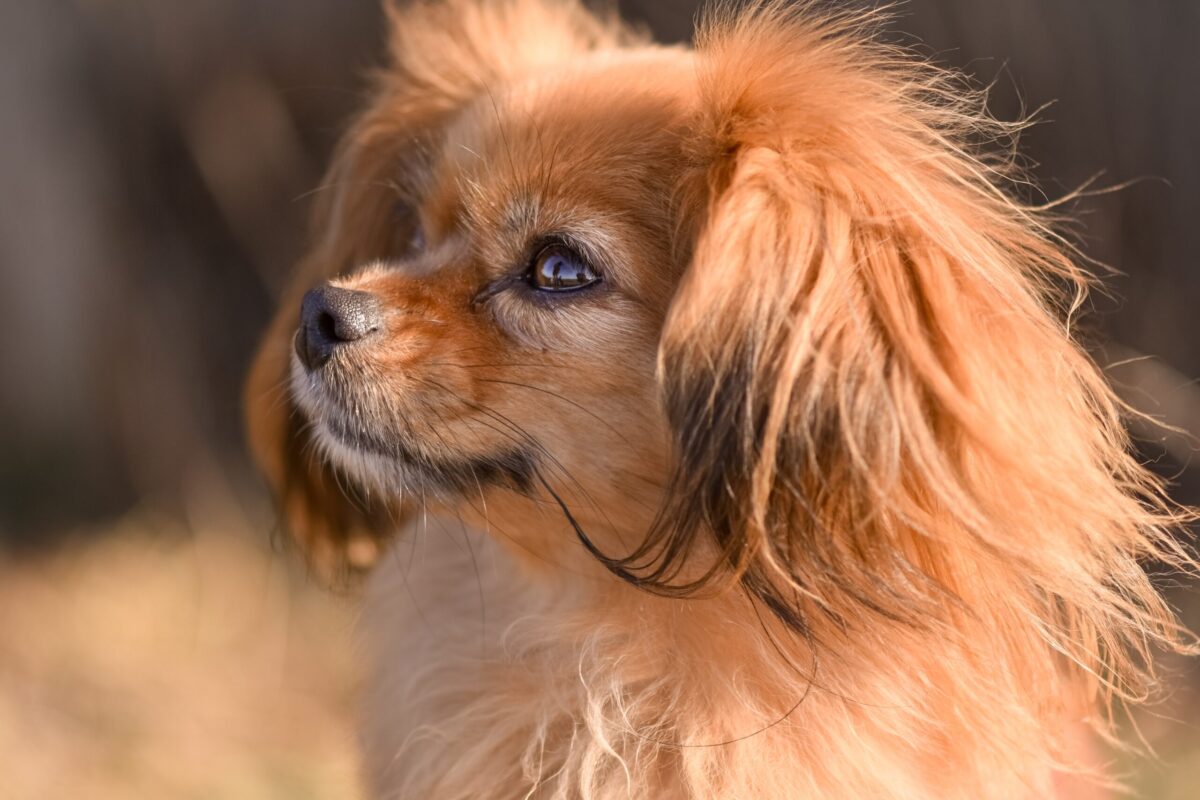
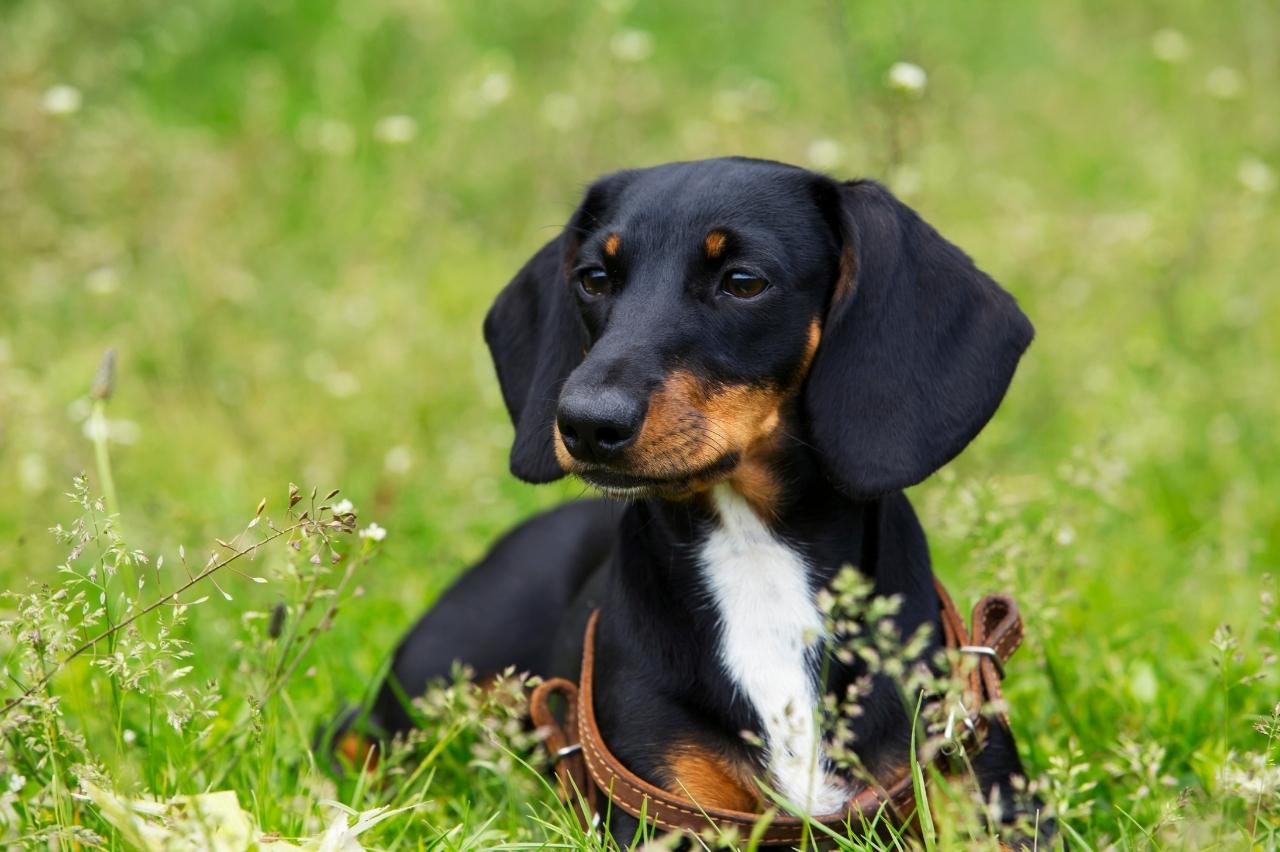
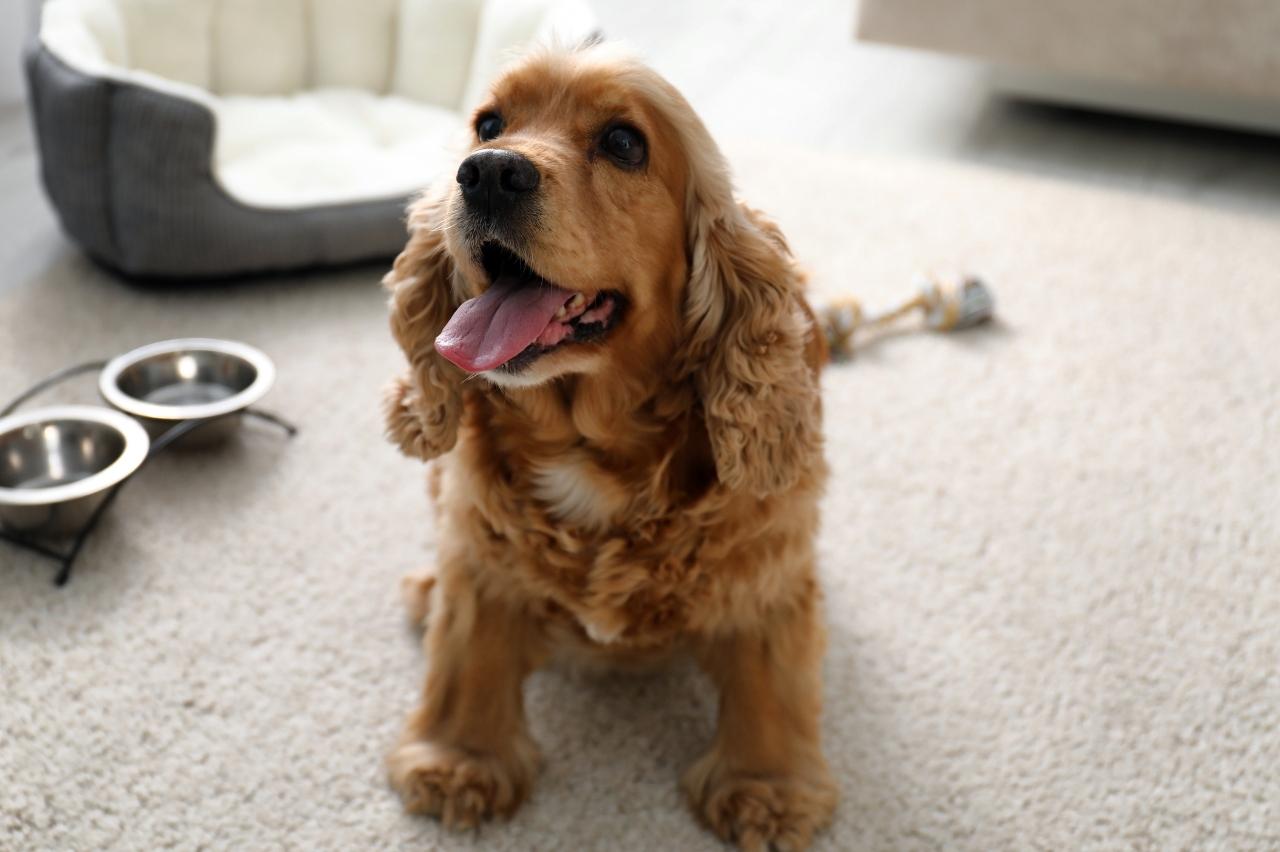
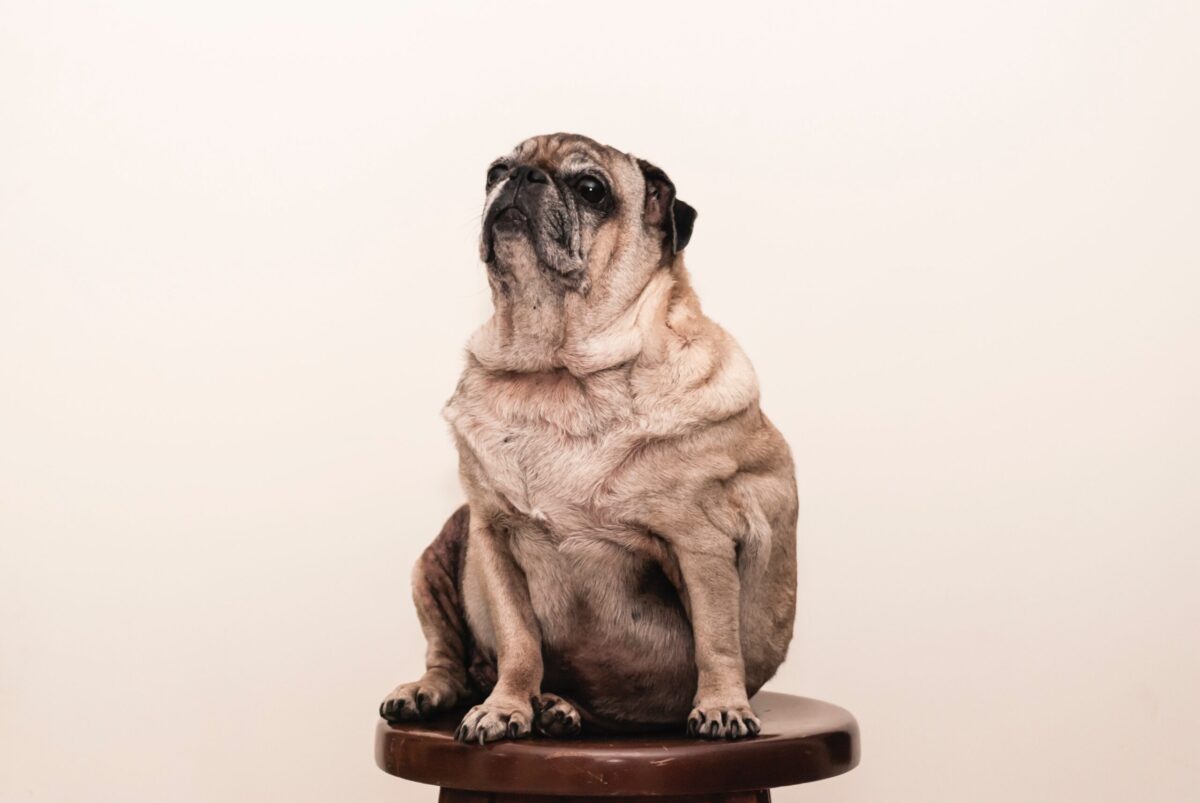
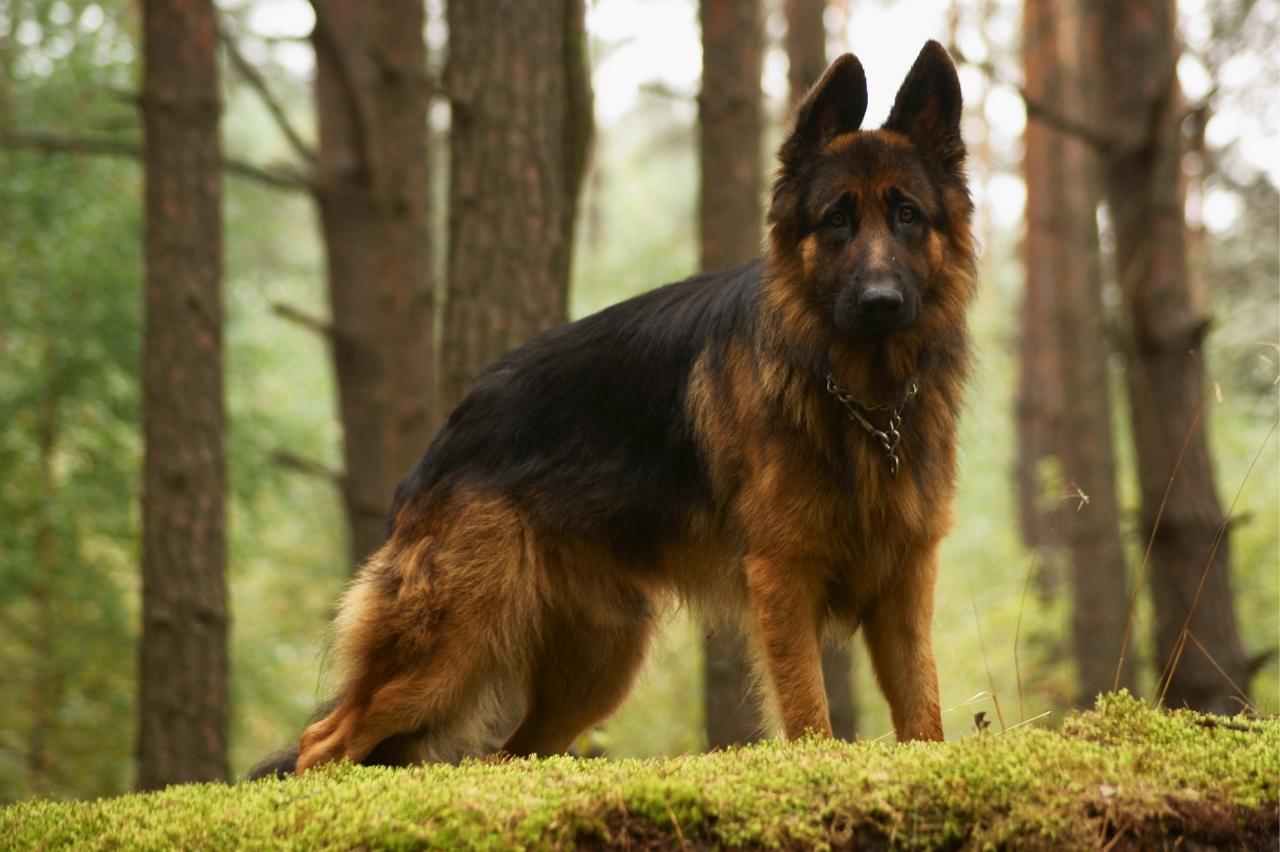
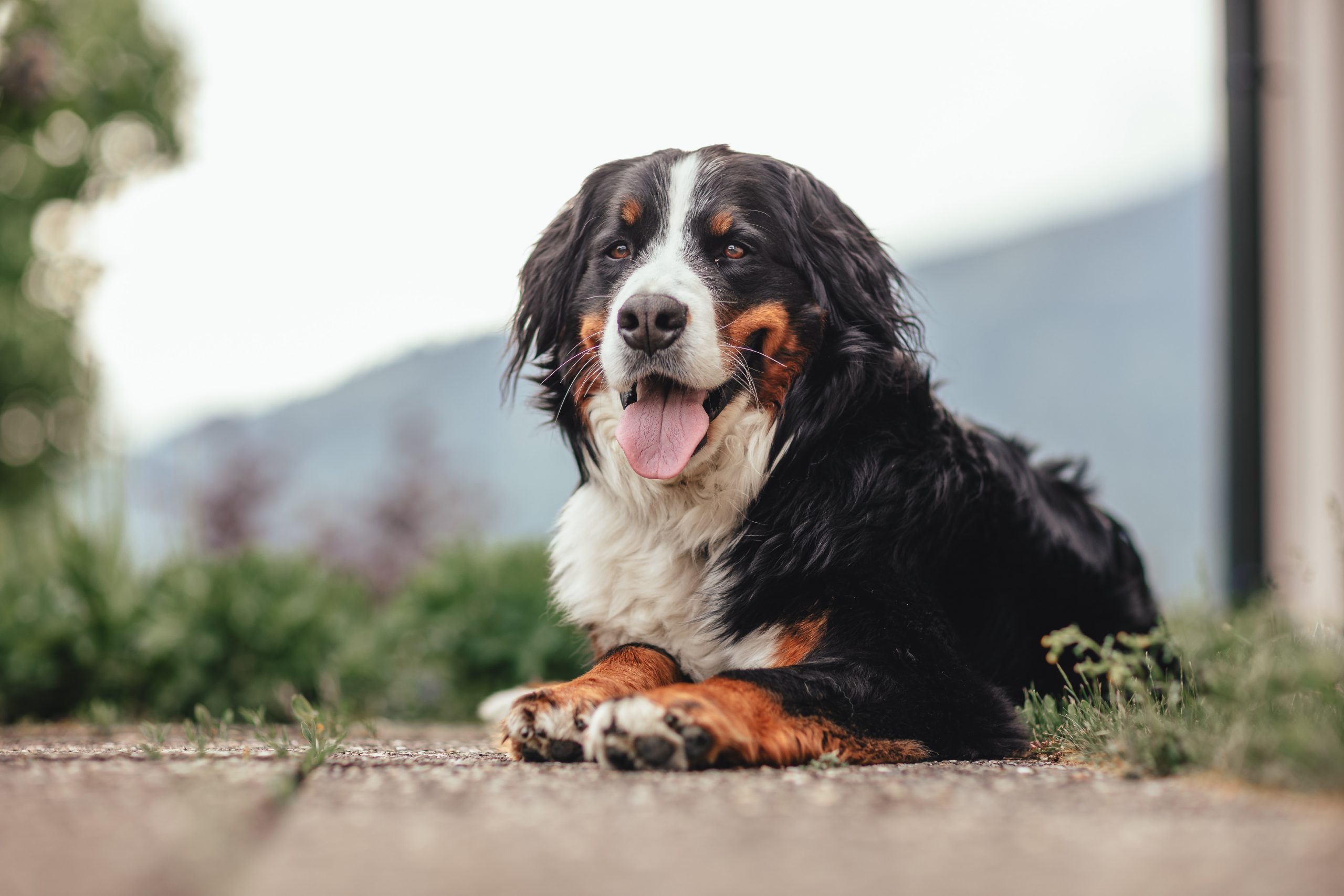
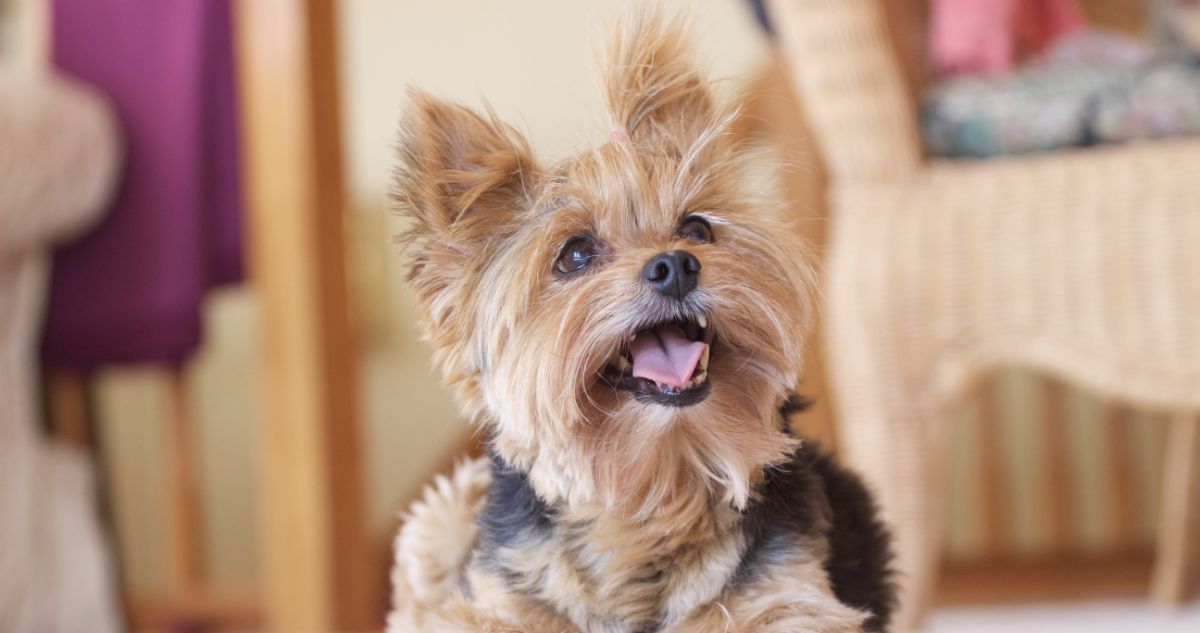
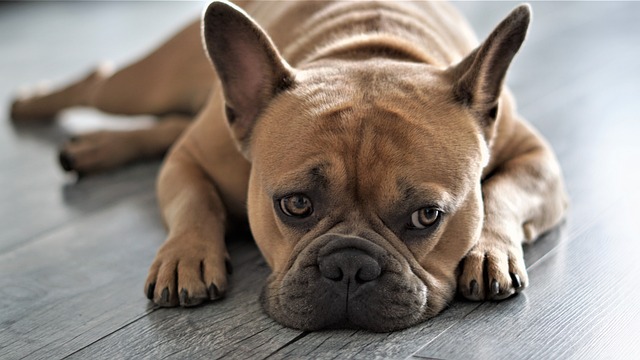
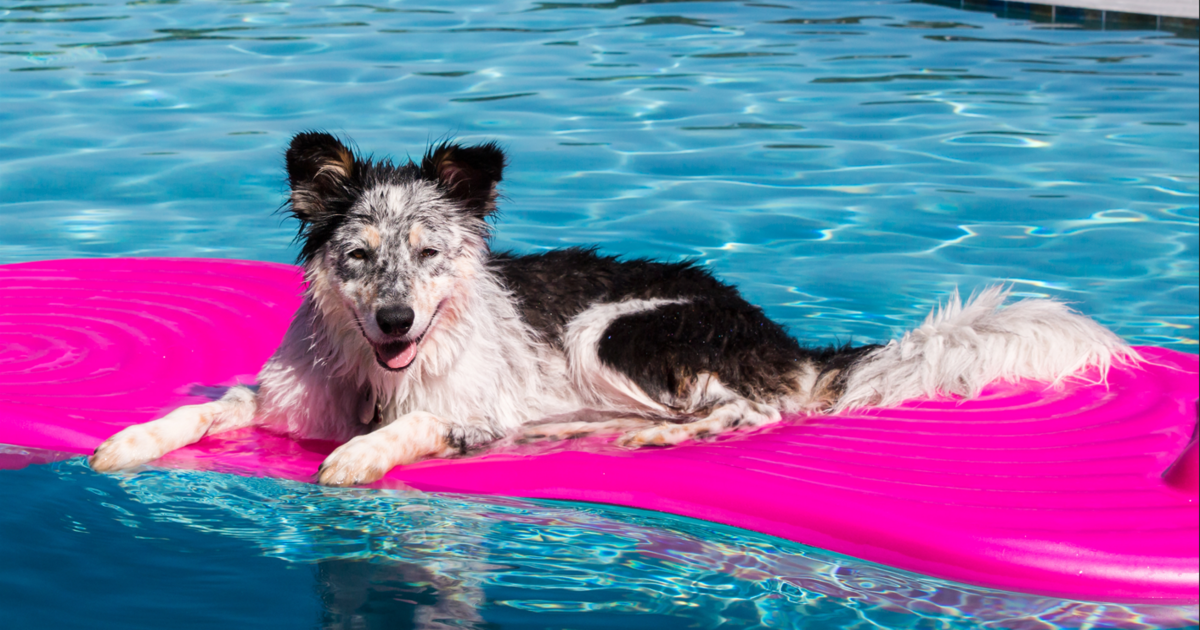
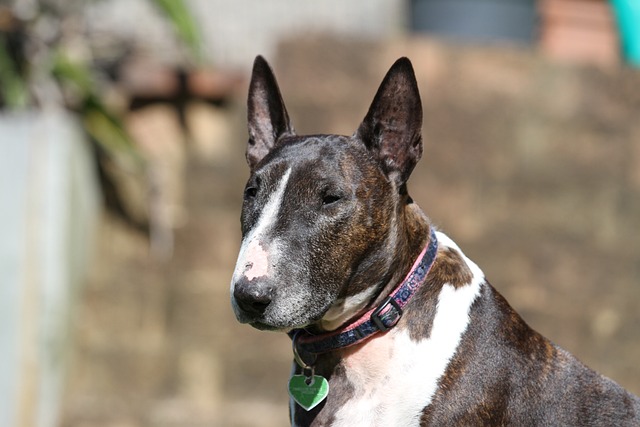
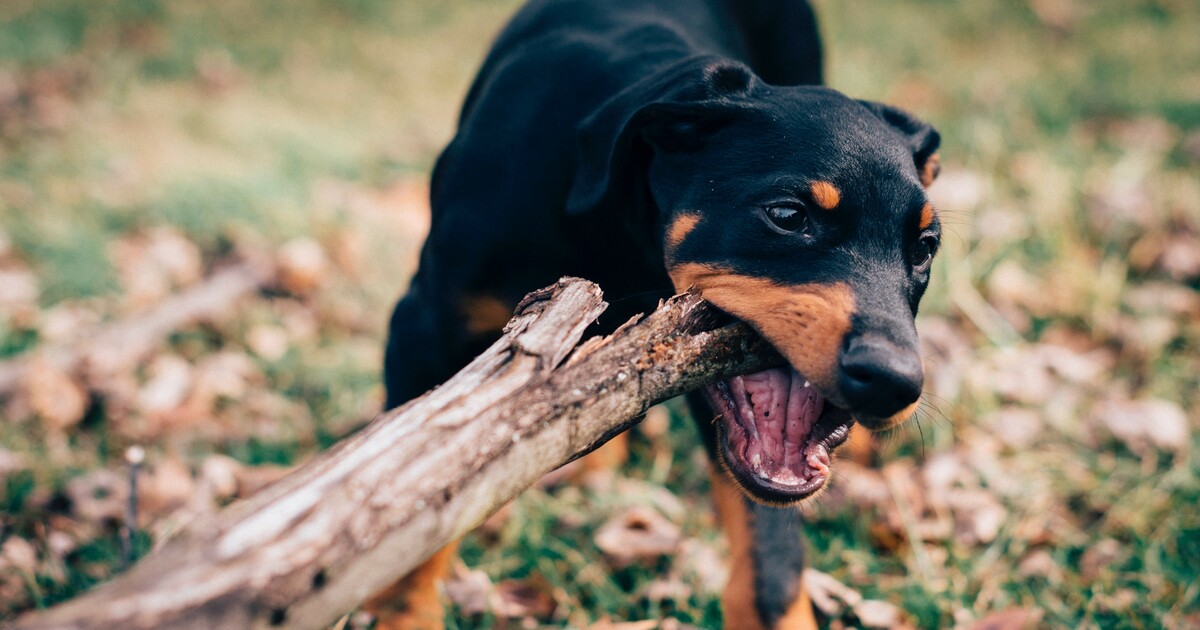

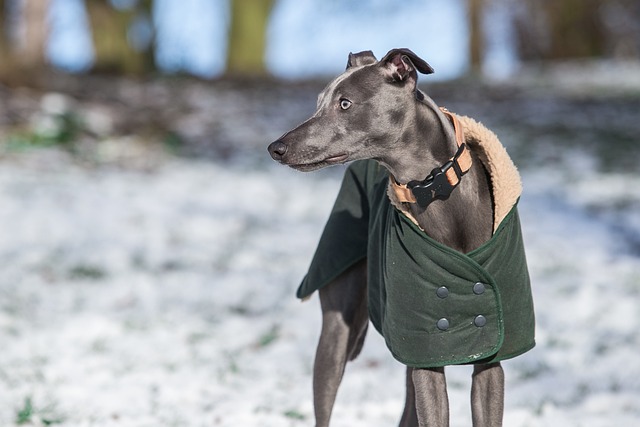
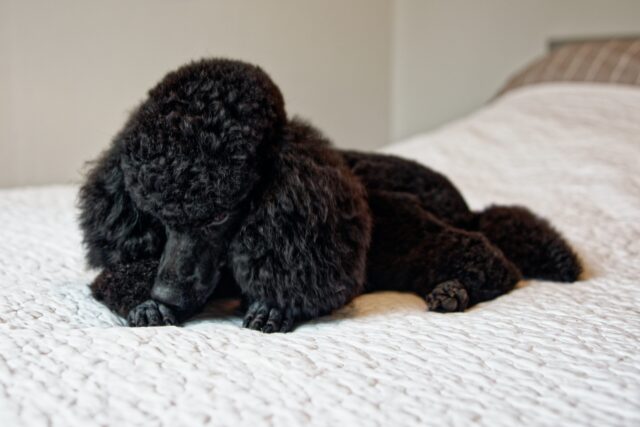
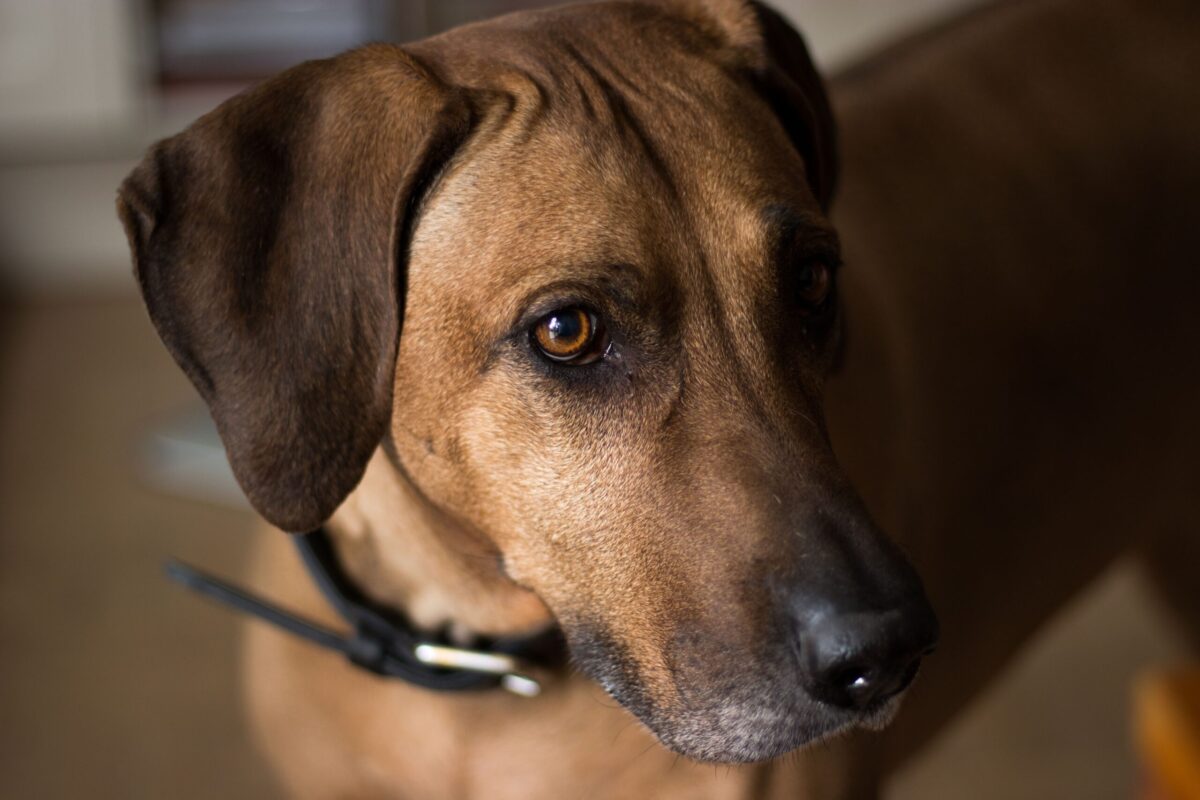
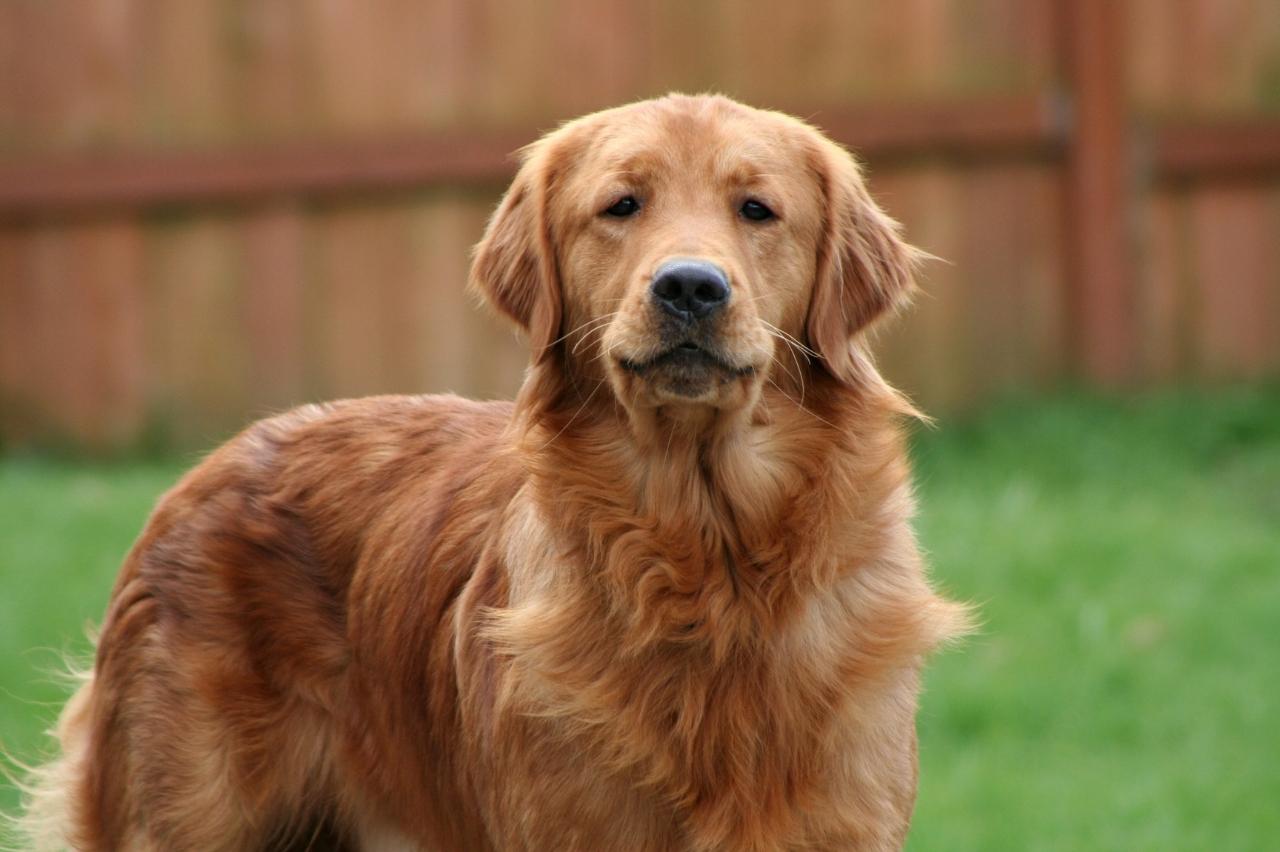

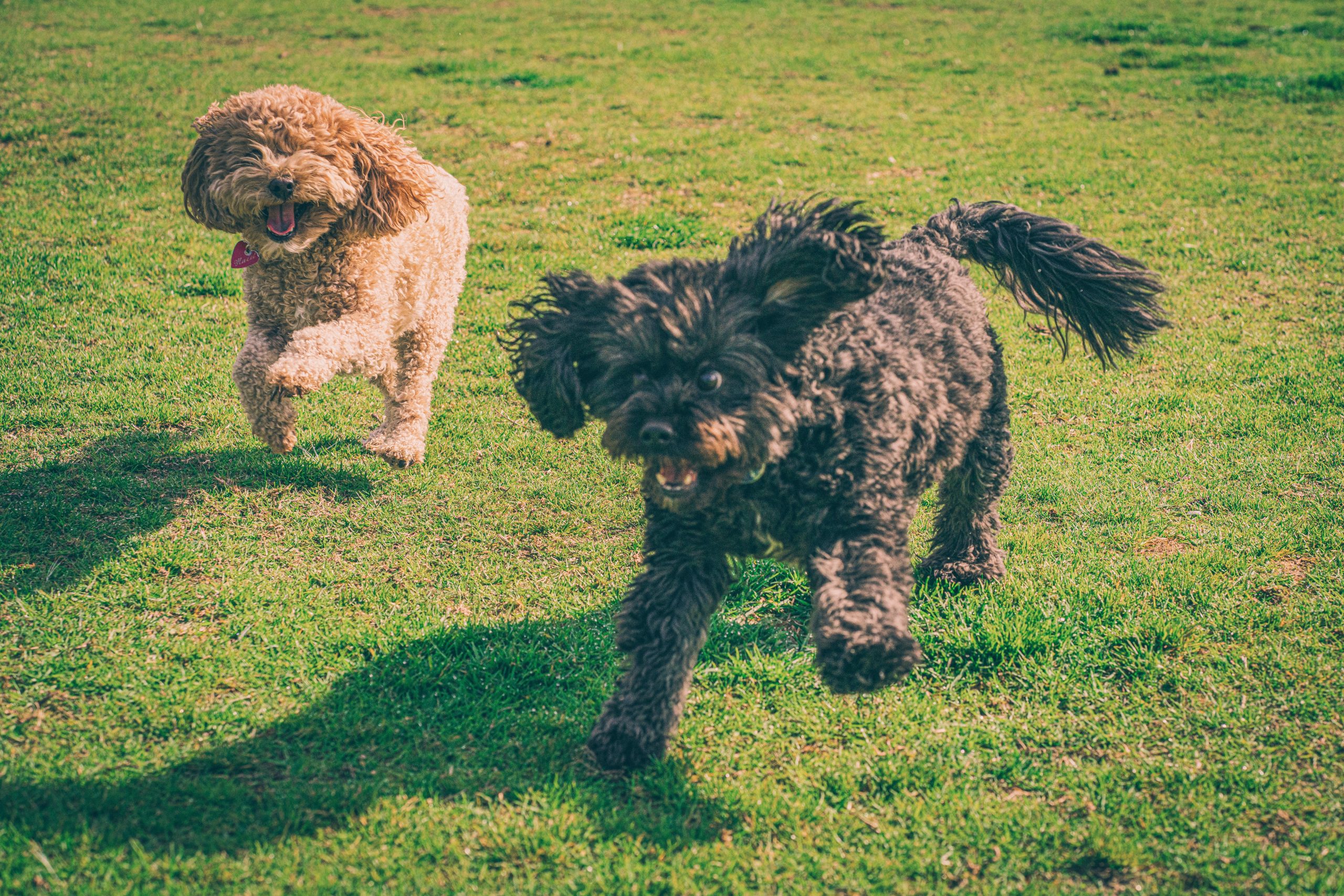
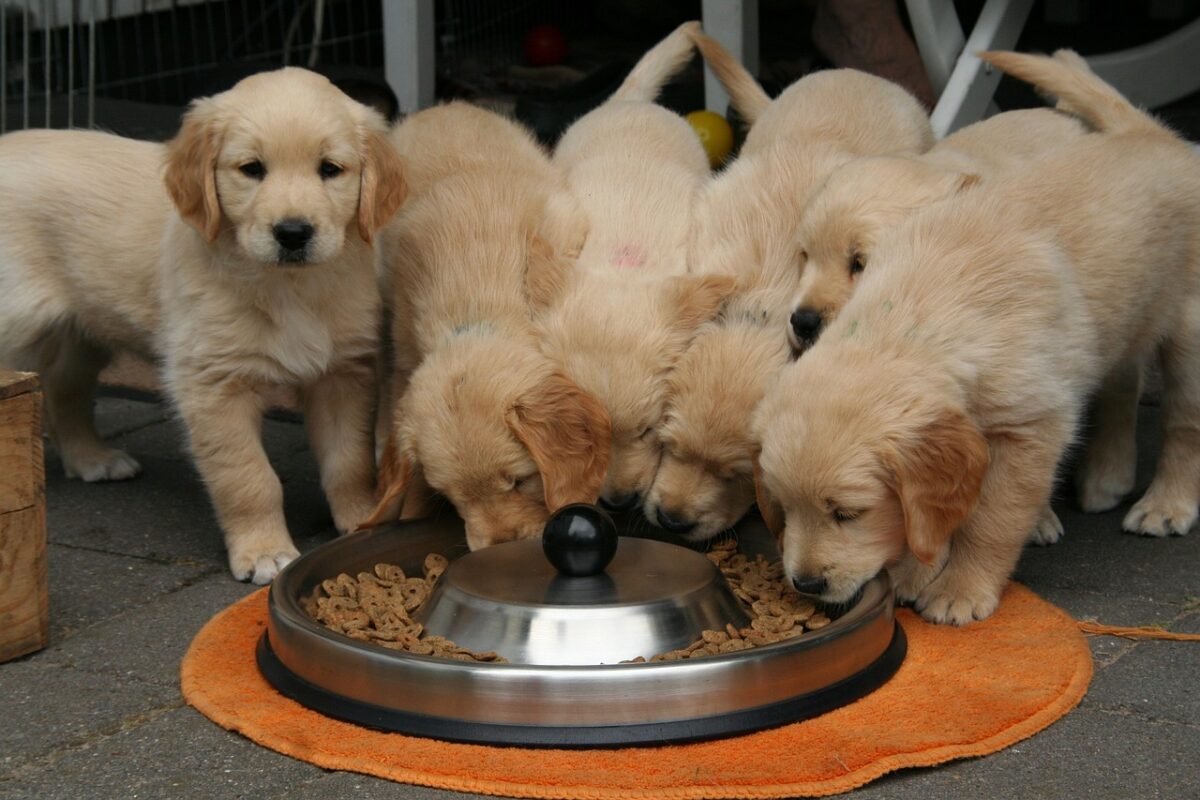

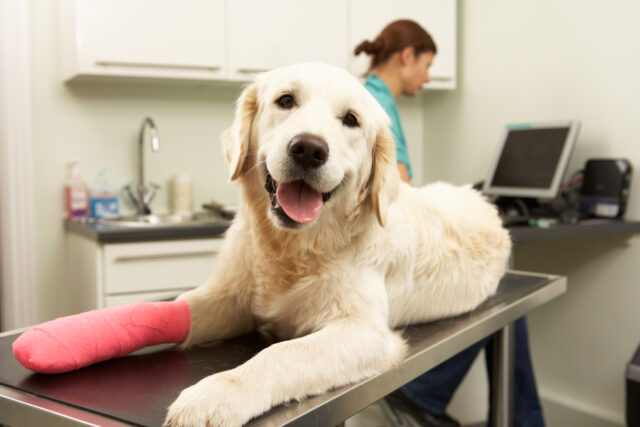
 Toledo, United States.
Toledo, United States.